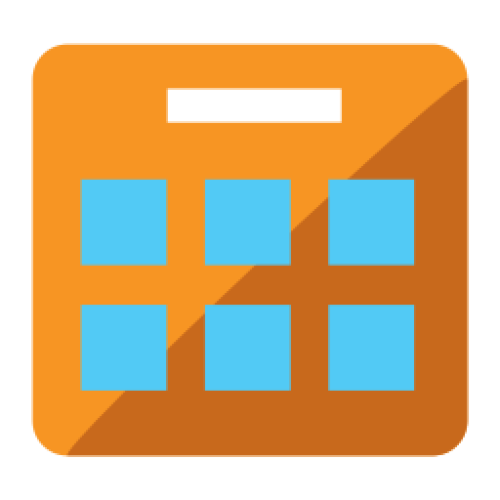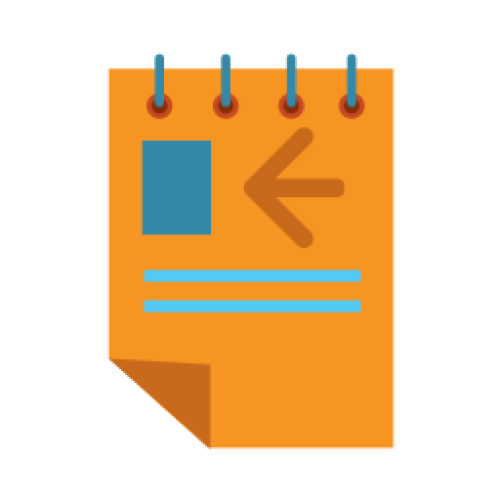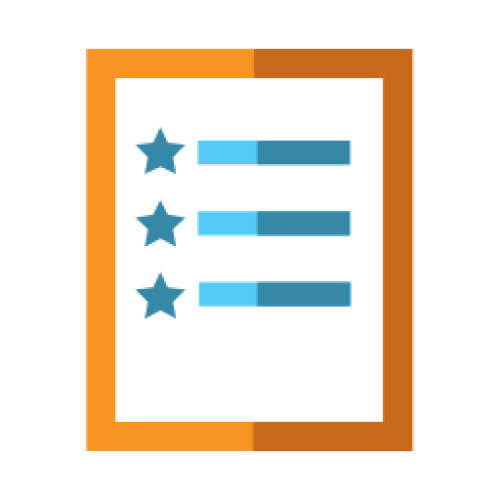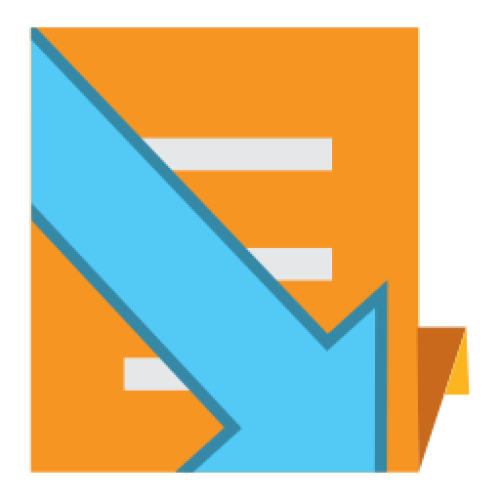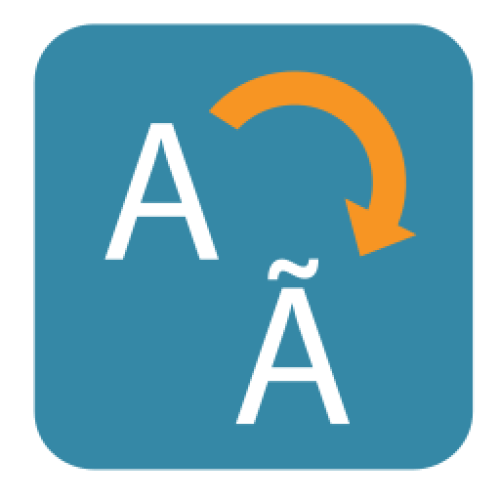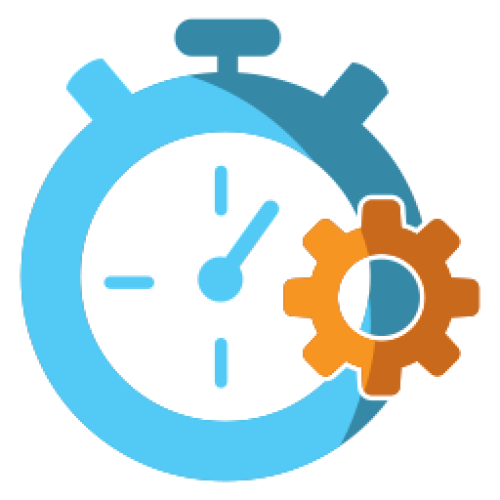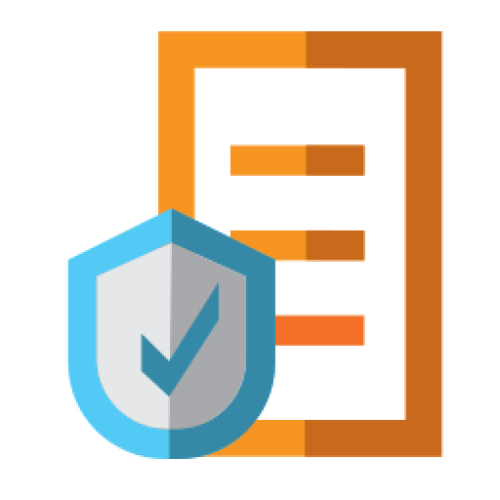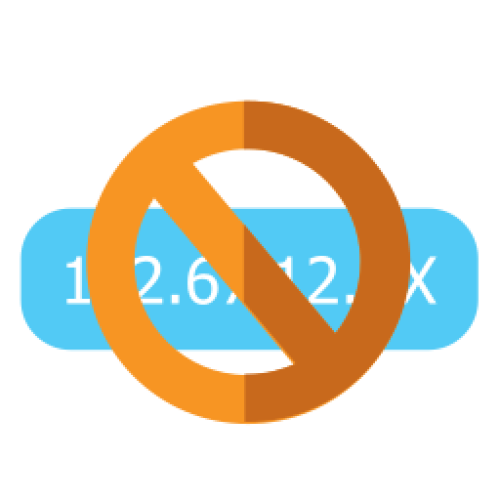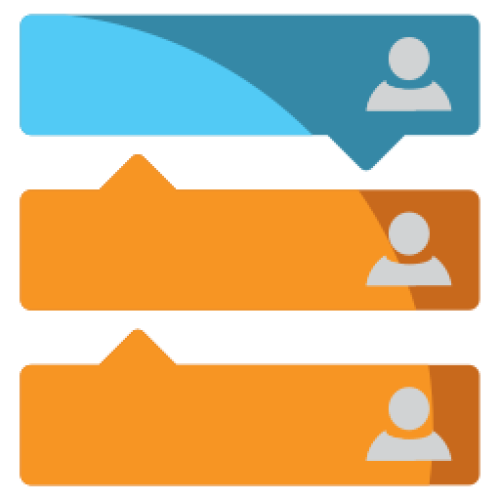Features: A-Z Index
A
B
C
D
E
F
G
I
L
M
N
P
Q
R
S
T
W
Newest 10 Entries
| Question | What is the purpose of the Code Editor? |
|---|---|
| Answer | The Code Editor is a web-based tool for editing Composr code files directly on the server. It requires password authentication and automatically manages overrides within _custom directories. To access it, go to yourbaseurl/code_editor.php. |
| Question | How can I export and import custom addons? |
|---|---|
| Answer | Composr allows exporting addons as TAR files, containing all necessary files and an addon.inf file for metadata. You can import these addons to share and reuse them across different Composr installations. To do this, make your necessary files for the addon in the Composr installation, and then go under Admin Zone > Structure > Addons > Export addon. You can select the relevant files for the addon, provide information about the addon, and then download the TAR file (which can then be imported on other Composr sites). |
| Question | Can you give an example of creating a new module? |
|---|---|
| Answer | Imagine creating a "Testing" module to manage collaborative testing:
|
| Question | What are the different ways to extend Composr functionality? |
|---|---|
| Answer | You can extend Composr through:
|
| Question | How can I customize Composr without modifying the core files? |
|---|---|
| Answer | Composr offers a robust override system. Instead of altering the original files, create a parallel structure within _custom directories. For example, to modify site/pages/modules/polls.php, place your customized version in site/pages/modules_custom/polls.php. The tutorials outline additional information on how to utilise overrides. |
| Question | What are the main components of the Composr framework? |
|---|---|
| Answer | Composr consists of:
|
| Question | How can I embed third-party widgets into my Composr pages? |
|---|---|
| Answer | Composr supports embedding widgets from various websites, like Google Maps, Vimeo, and YouTube, by simply pasting the URL. For manually embedding widget code, you can paste it into the HTML source view of the WYSIWYG editor or within Comcode html tags if not using the WYSIWYG editor. |
| Question | What is the difference between blocks and boxes in Composr? |
|---|---|
| Answer | Boxes are visual elements that provide a container for content, while blocks are functional units that generate and display dynamic content. Although blocks often appear within boxes in the default templates, they are not inherently tied to any visual representation. |
| Question | Can I customize the appearance of blocks? |
|---|---|
| Answer | Yes, you can style blocks by editing the associated templates and CSS. Templates are typically named after the block they represent. For example, the main_news block uses the BLOCK_MAIN_NEWS.tpl template. |
| Question | How do I create custom filter forms for my content? |
|---|---|
| Answer | The main_content_filtering block can help you generate filter forms automatically. You can use it to create a default form and then customize the generated Filtercode string to refine the filtering options. Once satisfied, you can either continue using the block or extract the HTML and modify it further. |
Top 10 Entries
| Question | What are the current release plans for version 11? |
|---|---|
| Answer | As of July 22, 2024, we entered beta status where our focus is now smashing bugs and stabilising the software. All planned features have been implemented for 11.0 (and most others deferred to 11.1 or later), though we may still merge in a few minor features or tweaks. The upgrader has been tested on a typical non-custom v10 site. We will be releasing several beta versions in the beta phase. We do not know when we will be able to release the first Release Candidate or stable versions at this time. These plans are all subject to change without notice. |
| Question | Why is there a separate website for version 11? |
|---|---|
| Answer | That is explained in detail in this news article on compo.sr including the migration plans and implications. |





